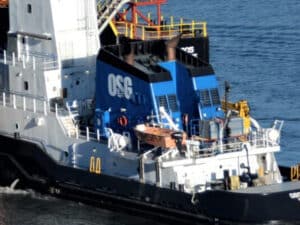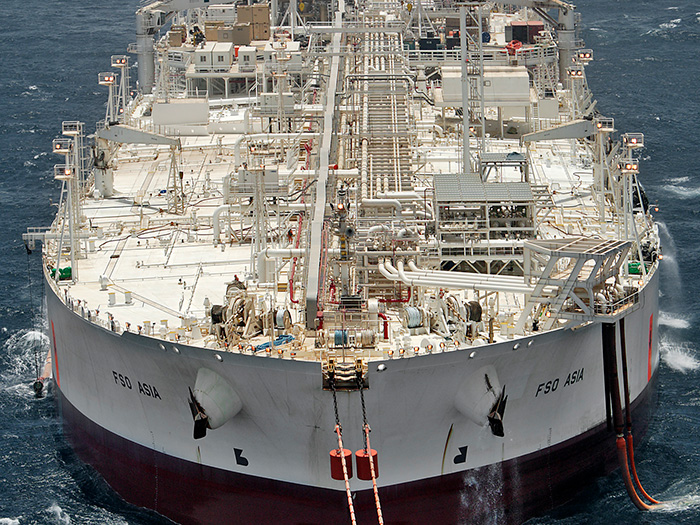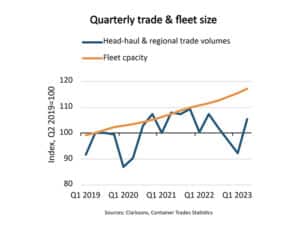
More oil moves into storage
Written by Nick Blenkey
Image: Euronav
The U.S. Department of Energy (DOE) is to fill the Strategic Petroleum Reserve (SPR) to its maximum capacity by purchasing 77 million barrels of American-produced crude oil. Last week, DOE announced a solicitation last for the purchase of an initial 30 million barrels to begin filling the SPR. Solicitations for additional purchases will follow.
“DOE is moving quickly to support U.S. oil producers facing potentially catastrophic losses from the impacts of COVID-19 and the intentional disruption to world oil markets by foreign actors,” said U.S. Energy Secretary Dan Brouillette.
While the DOE move is being made to support small to U.S. midsize crude producers, other players are also moving to get petroleum into reserve … and, unlike the DOE, they do not have large underground salt caverns in which to store it.
Reuters reported last week, for instance, that “major oil companies including BP and Shell are preparing to take the rare step of storing jet fuel at sea as the coronavirus outbreak disrupts airline activity globally, while refiners are shifting to diesel because of the poor margins associated with jet fuel production.”
NO IDLE TANKER STORAGE CAPACITY OUT THERE
Up to a point, all of this is good news for tanker owners. However, “there is essentially no idle storage capacity available on tankers, as Saudi Arabia and other producers might have already wiped out the available population of Very Large Crude Carriers (VLCC) for March and April 2020,” according to Oslo, Norway, headquartered independent energy research and business intelligence specialist Rystad Energy.
The largest oil supply surplus the world has ever seen in a single quarter is about to hit the global market from April, creating an imbalance of around 10 million barrels per day (bpd), says Rystad Energy.
An exclusive Rystad analysis shows global storage infrastructure is in trouble and will be unable to take more crude and products in just a few months.
Rystad says that current liquid balances show supply surpassing oil demand by an average of nearly 6 million bpd in 2020, resulting in an accumulated implied storage build of 2.0 billion barrels this year.
“Based on our rigorous analysis,” says Rystad, “we find that the world currently has around 7.2 billion barrels crude and products in storage, including 1.3 billion to 1.4 billion barrels currently onboard oil tankers at sea. We estimate that, on average, 76% of the world’s oil storage capacity is already full.”
Rystad data shows that the theoretical available storage capacity at present is just 1.7 billion barrels onshore for crude and products combined. Using the company’s estimate of an average of 6.0 million bpd of implied oil stock builds for 2020, in theory, it would take nine months to fill all onshore tanks. However, in practice we will hit the ceiling within a few months due to operational constraints.
“The current average filling rates indicated by our balances are unsustainable. At the current storage filling rate, prices are destined to follow the same fate as they did in 1998, when Brent fell to an all-time low of less than $10 per barrel,” says Paola Rodriguez-Masiu, Rystad Energy’s Senior Oil Markets analyst.




